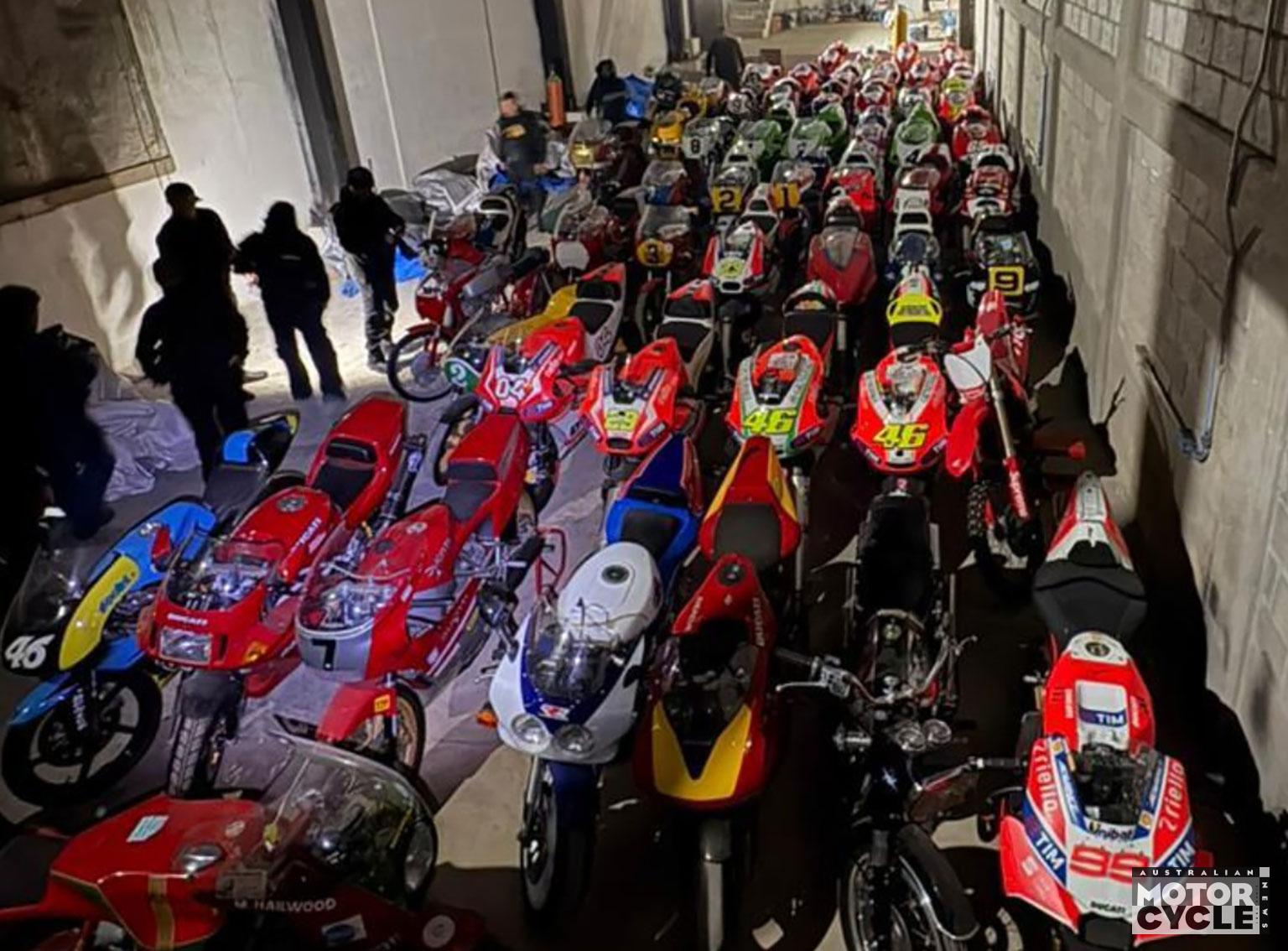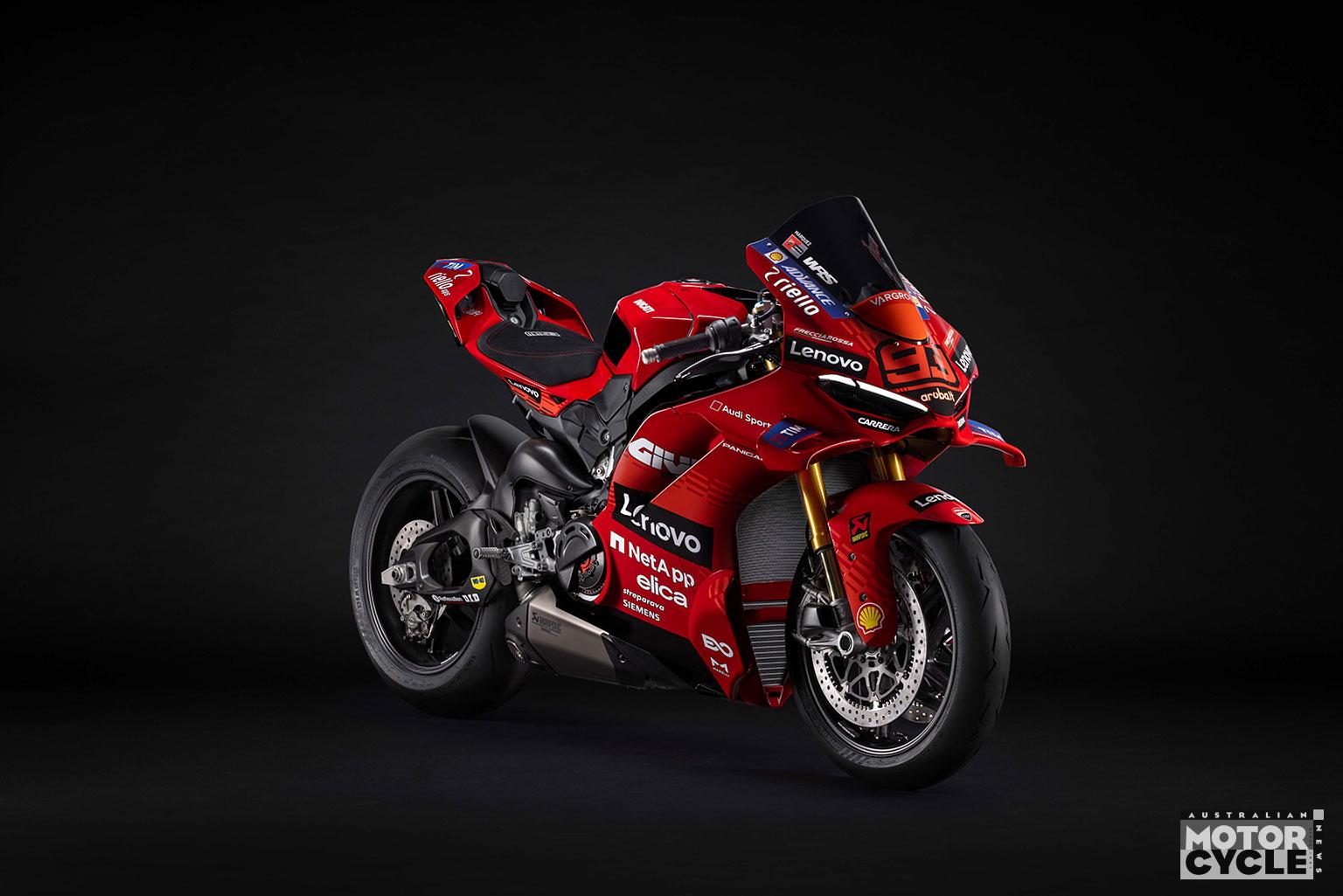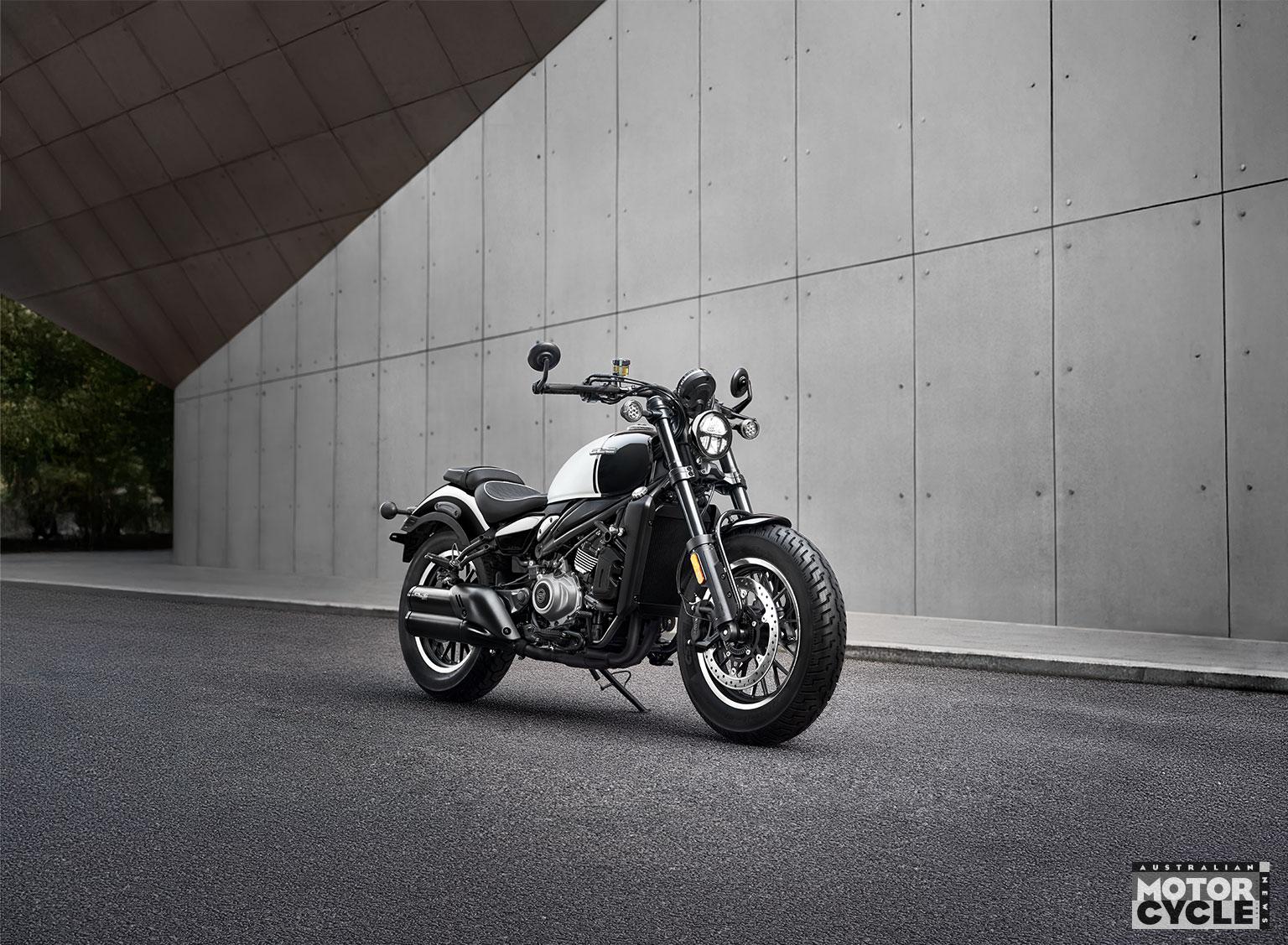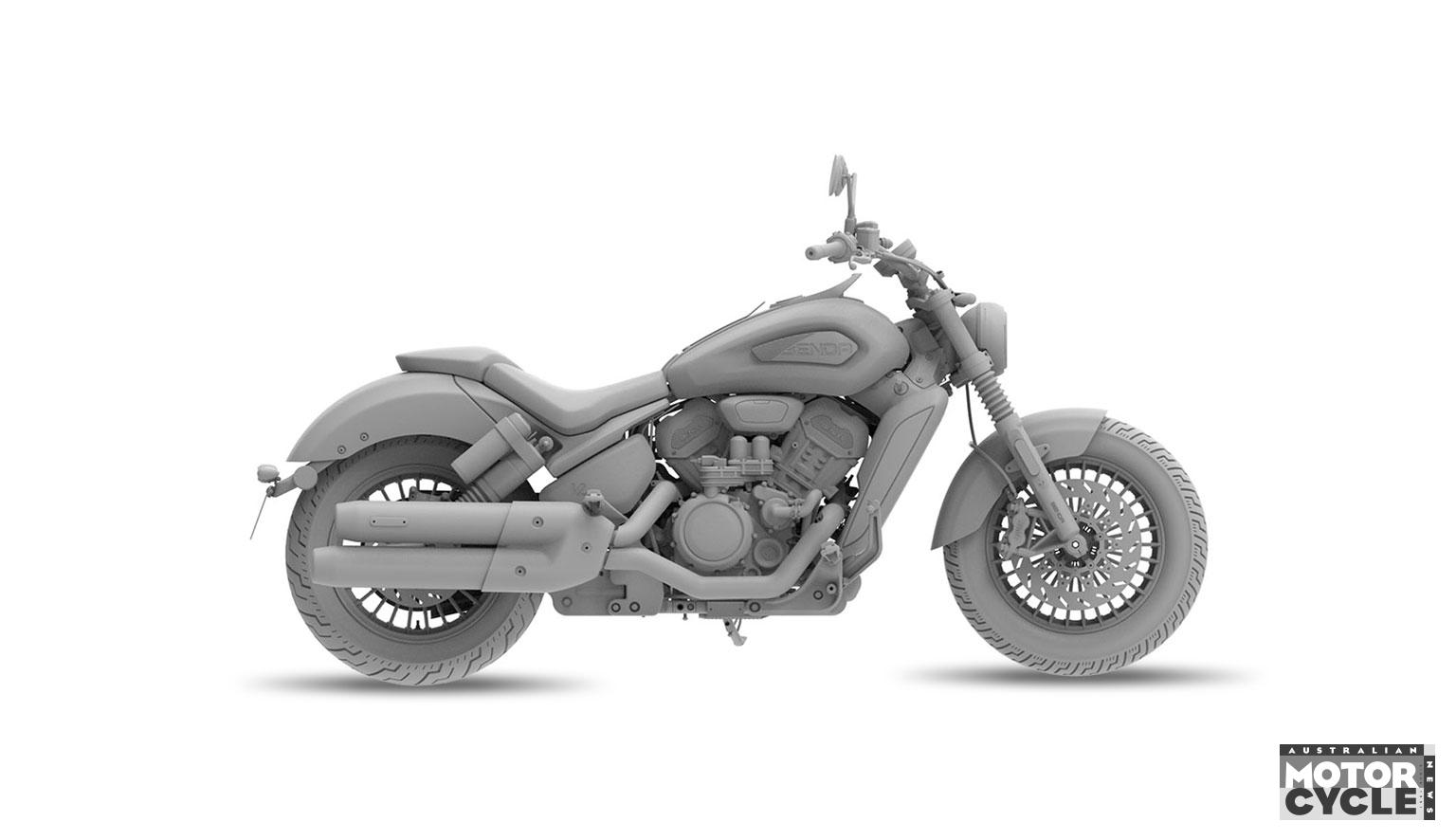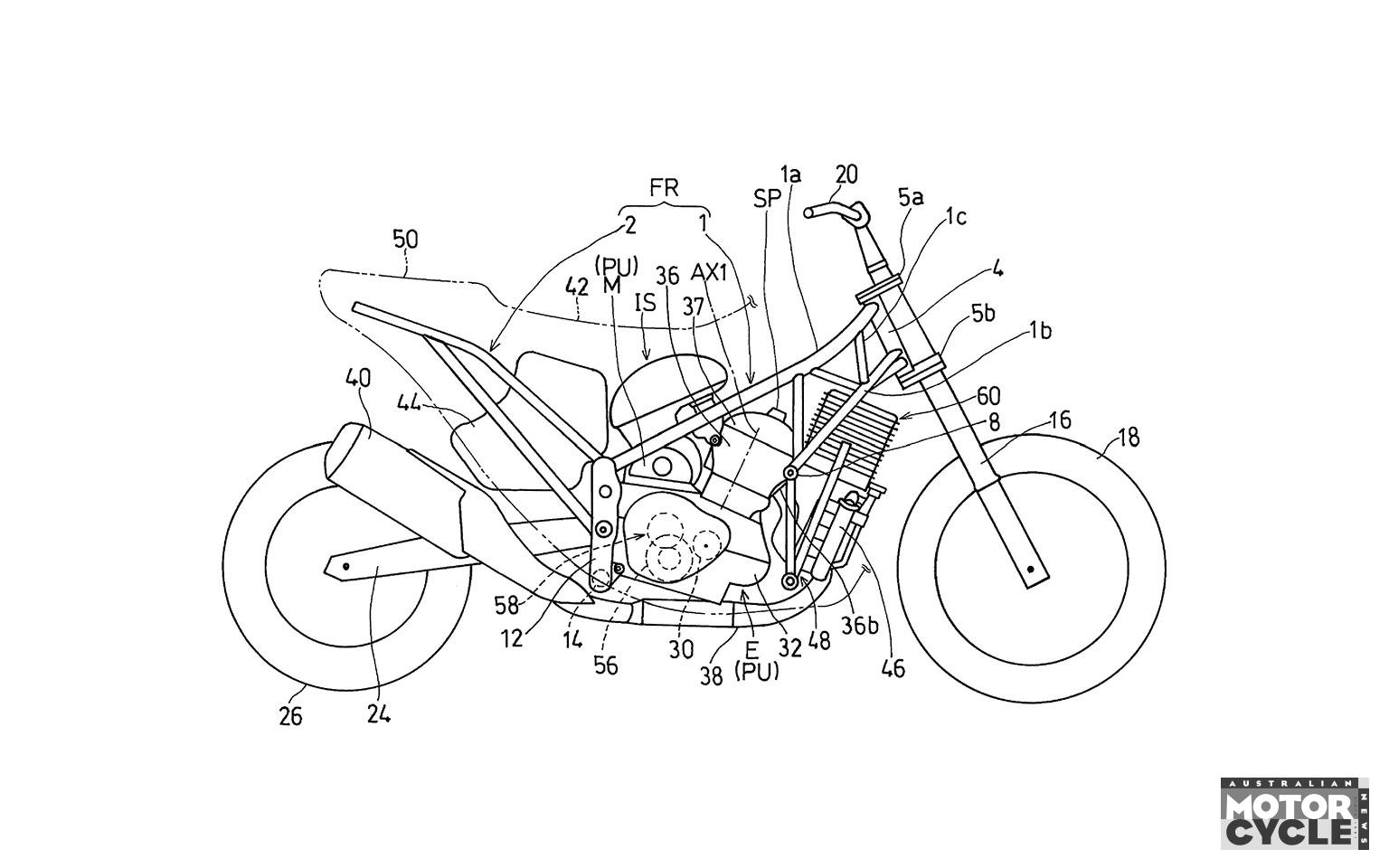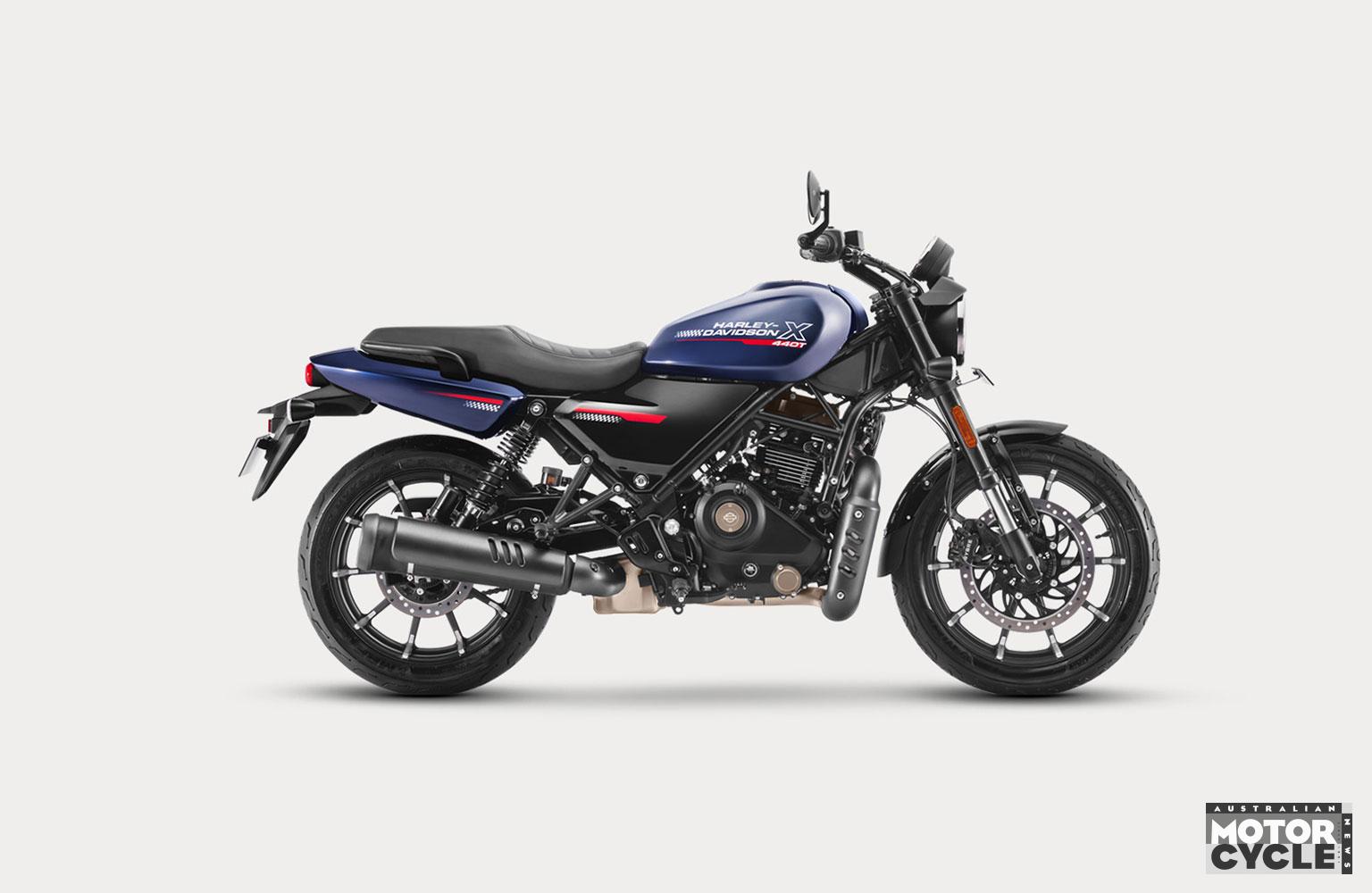In a show of confidence for electric bikes, Yamaha patents an e-superbike as can be seen in the attached drawings.
If you were paying attention to the talk from the major motorcycle brands back as the 2000s turned to the 2010s, you’d be forgiven for thinking that we’d all have been riding electric bikes by 2024. That hasn’t happened but, despite unexpectedly slow development, there’s still a lot of unseen work going on in the field of EV motorcycles, including the high-performance Yamaha project you see in the drawing here.
Yamaha’s electric sportsbike plans date back to 2013 when the company showed the PES1 concept, initially saying that a production derivative would be on sale within two years. That didn’t happen. Despite a second electric sports concept, the PES2 that was shown in 2015 and also gained 2WD, the current electric offerings from Yamaha are limited to power-assisted bicycles and a couple of scooters. But this new patent shows that the dream of an electric sportsbike lives on, illustrating a high-powered EV with a large motor and huge battery pack. The battery case is the central element of the patent, which explains how it achieves enough cooling for eight battery modules inside despite being air-cooled. This is an important issue.

As with combustion engines, there are conflicting opinions on the best way to cool batteries for high-performance electric motorcycles. Battery temperature is a vital consideration during both charging and discharging.
Liquid-cooling, as used on Ducati’s cutting-edge Moto-E racers, gives delicate control to keep the cells within the ideal temperature range. However it also requires radiators, pipework, pumps and sensors, all adding size and weight without boosting performance.
The rival view is that air-cooling offers simplicity, easy packaging and less weight, giving potential performance and range advantages even if battery temperatures aren’t quite as carefully controlled.

Unlike combustion engines, which were ushered towards liquid-cooling as technology improved and emissions rules tightened, future generations of EV batteries are expected to become less sensitive to temperature – particularly when ideas like solid-state cells reach the mainstream – so Yamaha’s air-cooled idea could be a logical way forward.
The layout of the bike itself includes a large electric motor mounted as far back as possible, with its centreline behind the front sprocket. This makes space for the battery case, requiring a rear suspension design that shifts the shock upwards to clear the motor.
The patent doesn’t mean there will be an electric Yamaha superbike in dealers anytime soon, but it illustrates that the company still has R&D funds dedicated to developing high-performance electric bikes.

